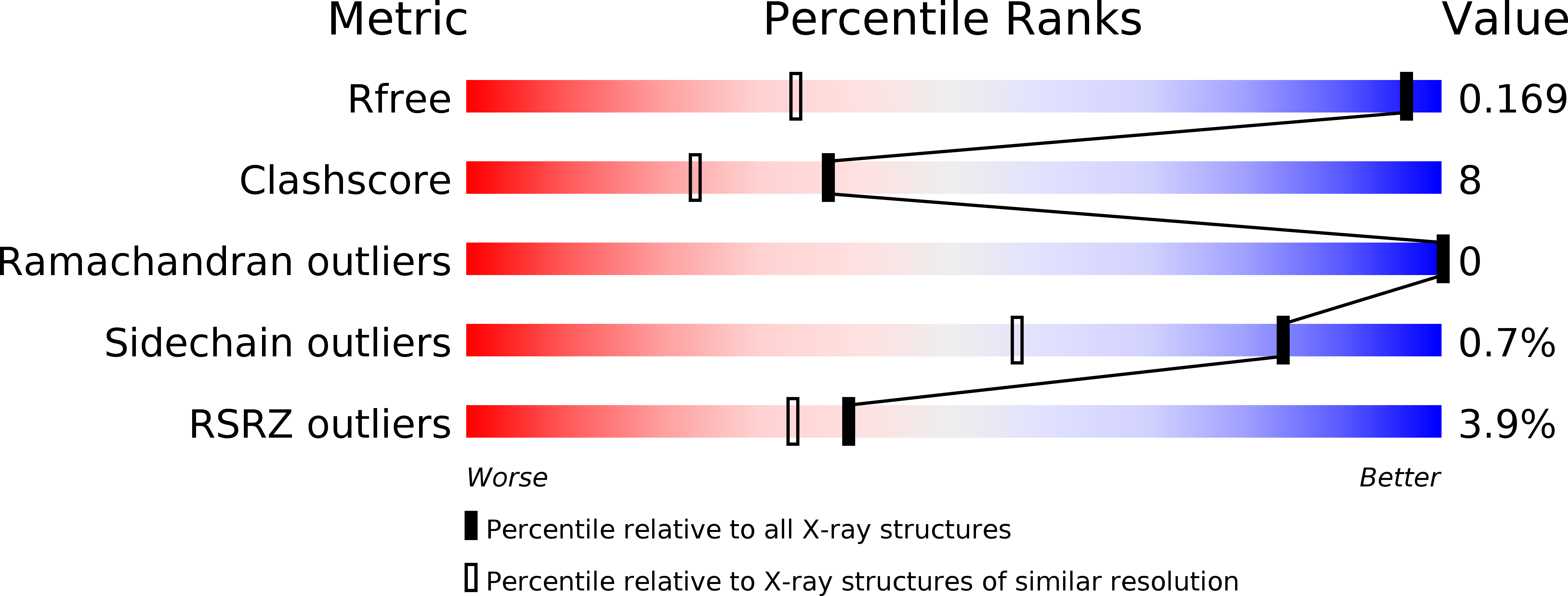
Deposition Date
2013-05-07
Release Date
2013-10-30
Last Version Date
2024-03-20
Method Details:
Experimental Method:
Resolution:
1.04 Å
R-Value Free:
0.16
R-Value Work:
0.14
R-Value Observed:
0.14
Space Group:
P 21 21 21


